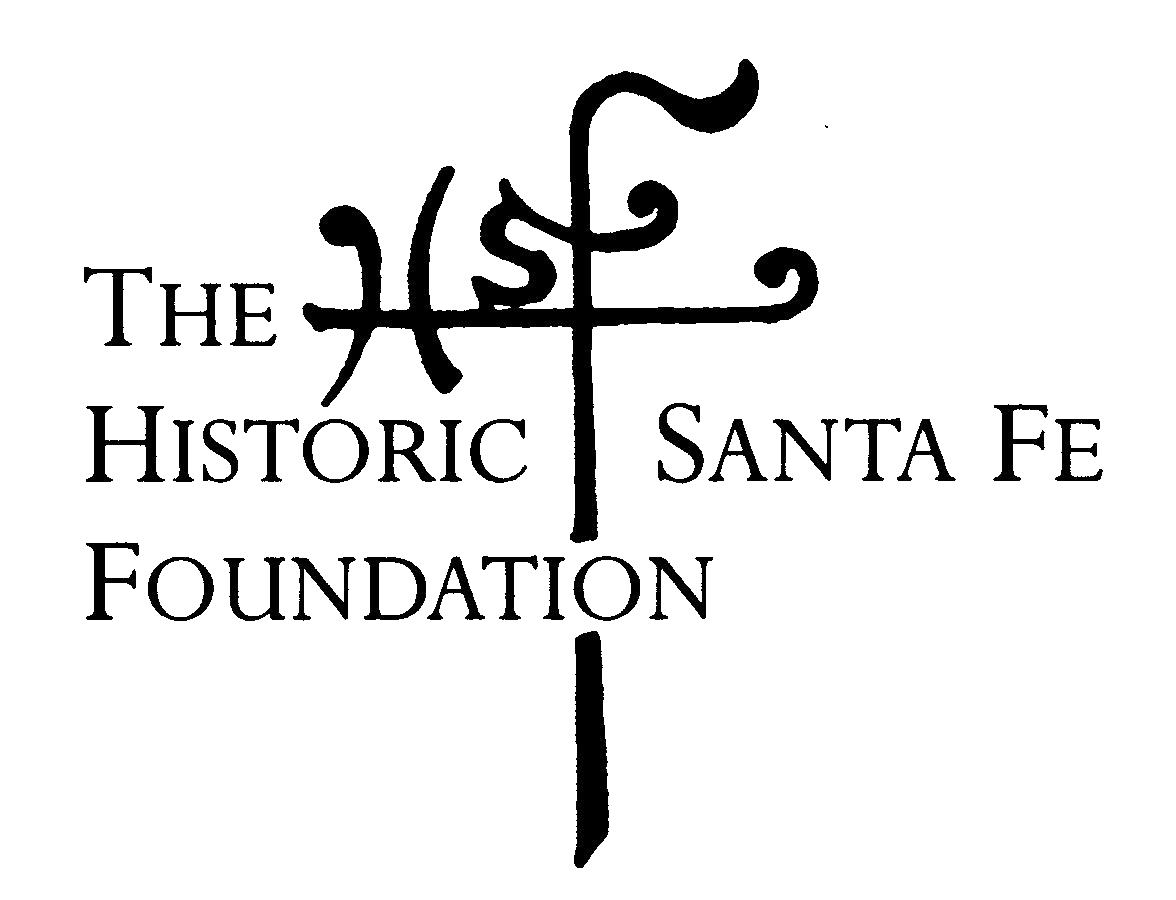A Book Review -- John P. Slough: The Forgotten Civil War General
/Reviewed by Pete Warzel
On April 29, 2021 Richard Miller presented a Zoom Salon El Zaguán talk to the members and general participants of the Historic Santa Fe Foundation. The subject was John P. Slough and his unlikely victory at the battle of Glorieta Pass, New Mexico, during the early days of the American Civil War. The presentation was narrowly focused on his role as commander of the First Colorado Volunteers, marched south from Denver to defend New Mexico against the insurgent Confederate troops from Texas. Miller’s lecture was excellent, and intriguing.
The basis of the talk was Mr. Miller’s new book. John P. Slough: The Forgotten Civil War General is recently published (available in the HSFF gift shop), and although the hook here is the Civil War and perhaps for us, Glorieta, the research and writing is so much more. This is a fascinating look at regional economic and social history of the mid-west during the early 19th century. It truly is history writing at its best – an individual biography placed within the greater cultural context of geography and time, and significant social disorder. The societal turmoil and accompanying political interaction is eerily familiar to us today.
Slough began his business and political career in Cincinnati, Ohio, a booming city on the edge of the fault line where pro and anti-slavery factions, as well as the political parties, became violent. Remember, at this time the Republican Party was the party of Lincoln, and so Free-Staters. The Democrats then, leaned to slavery and the new Kansas Territory became the battleground for not simple political warfare, but vicious physical clashes on the ground and in the statehouse. Slough was expelled from his seat in the Ohio legislature for striking a fellow representative over a personal (read political) slight. He moved to Kansas Territory in an opportunistic act to create an expansive legal business in land speculation created with the expansion west. This was the America of unlimited opportunity for aggressive individuals. It also was the America of social and political division. John Brown and his men murdered pro-slavery sympathizers in Kansas.
Kansas business leaders went to Denver in 1858 to ride the gold boom and the growth of the city named after James W. Denver, then current Kansas territorial governor. Slough followed in 1861 having previously invested in Denver real estate from afar. It was a tough frontier town, not the sophisticated home he left in Leavenworth, Kansas. “Outside the hastily built homes and shops, mules, hogs, and dogs wandered Denver’s streets in great numbers and provided sport for drunken sharpshooters.” (I am tempted here to say not much has changed in 160 years but it has). With Kansas achieving statehood, the Colorado Territory was created and government administration became imperative upon Lincoln’s election and the threat of war, to keep the territory within the Union. Colorado Territory was akin to Kansas – a hotbed of emigrants from neighboring states, south and nouth, pro and anti-slavery. William Gilpin, the territory’s first governor feared insurrection and Slough stepped in as Colonel of the 1st Colorado Volunteer Infantry, having no military background in his resumé. The volunteers were miners from the Rocky Mountains and his third in command was John Chivington, to become infamous as the commander at the Sand Creek Massacre in 1864.
I recommend viewing the recorded Salon presentation by Richard Miller on the HSFF website, regarding the Battle of Glorieta Pass, and the mis-steps of its inexperienced commander. https://www.historicsantafe.org/545-hsff-blog/2021/4/30/richard-miller-on-col-john-slough
He resigned his post and headed east to join the war proper in Virginia, to Harper’s Ferry, now as a brigadier general, and then as military Governor of Alexandria, Virginia, a major location for defeated Union forces as well as Black refugees fleeing enslavement in northern Virginia. His position afforded him access to the major players of Lincoln’s administration and the war effort.
When the war ended Slough was to make a new decision on where to start on another career to add to lawyer, politician, military commander and governor. In 1866 he became the chief justice of the New Mexico Territorial Supreme Court.
Upon visiting his former battlefield at Glorieta he was appalled at the cemetery for his fallen soldiers, and urged the Legislature to fund improvements and add “plainly inscribed monuments”. What he got was a $1500 appropriation for a monument in the city – the Soldier’s Monument. Erected in the center of Santa Fe Plaza in 1868 Slough never got to see it, as he was shot and killed in the Exchange Hotel, Santa Fe, in December 1867. As we all know, he could not see the monument today were he able.
Miller writes of the “American narrative” that “those willing to move across the continent…had a greater opportunity to gain economic and social status than the less venturesome stuck in their settled lives back east.” This was the “American land of opportunity” that John P. Slough sought, succeeded and failed, succeeded again. Yet in the end, Miller states, Slough’s life is a “story of great opportunity and failed ambition.” Richard Miller tells that story extremely well.
John P. Slough: The Forgotten Civil War General by Richard L. Miller, University of New Mexico Press, Hardcover, 304 pages.





